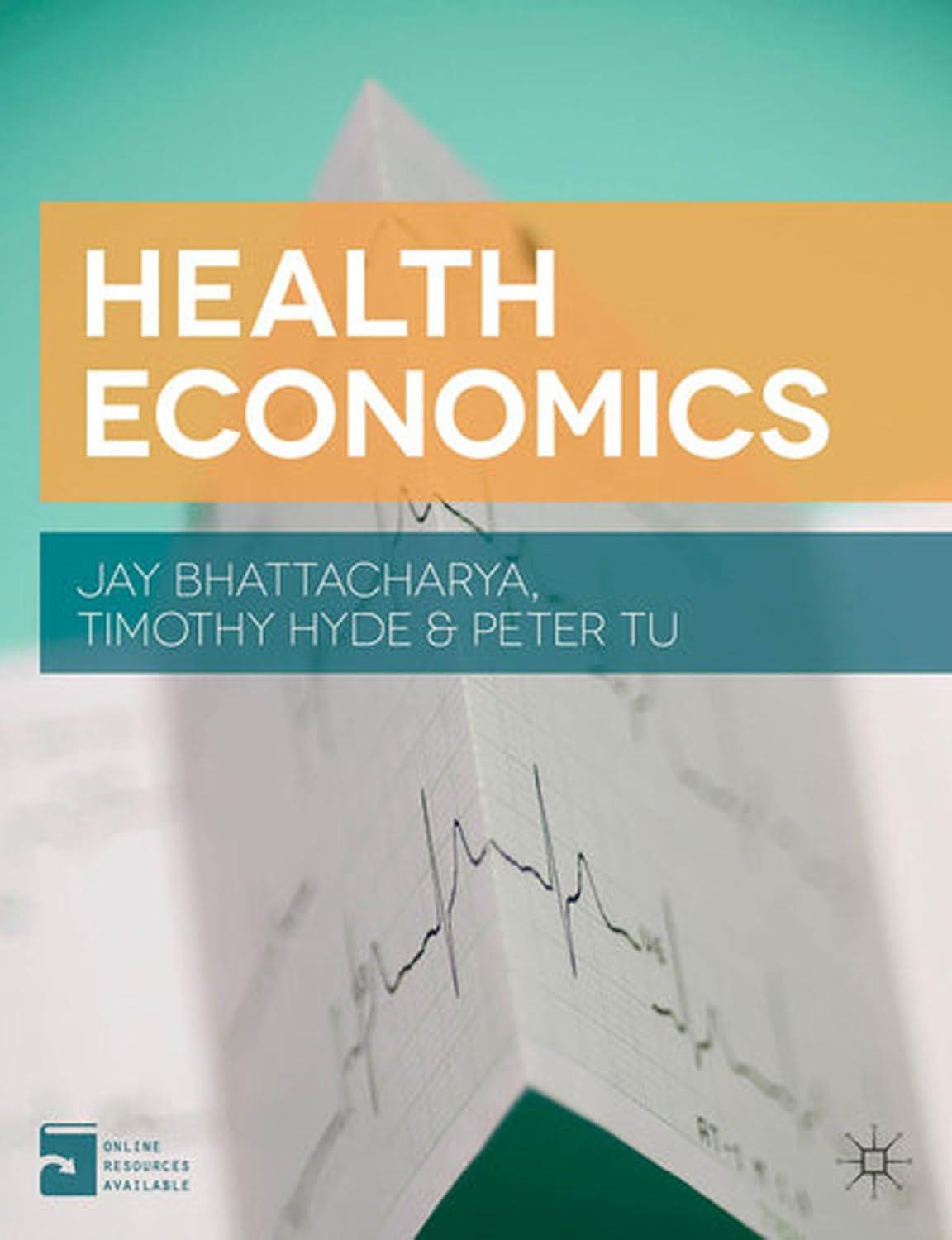Bhattacharya and Vogt (2003) study the pricing strategies of pharmaceutical companies that bring new drugs to market.
Question:
Bhattacharya and Vogt (2003) study the pricing strategies of pharmaceutical companies that bring new drugs to market. They observe that new drugs often debut at relatively low prices and get more expensive over time. They interpret this strategy as an attempt by the drug company to establish its drug in the minds of doctors and patients before trying to extract monopolistic profits.
Recall our fictional drug for carpal tunnel syndrome called BHTn1 which was introduced in Section 12.1.
a. Suppose demand for the new drug is Q=1, 000−P where P is the price that the monopolistic firm sets. What price will the firm choose to maximize profits П = PQ? We assume the cost of producing the drug is negligible throughout this problem.
b. Now suppose that Bhattacharya and Vogt are on to something when they say that drug companies must manage the stock of knowledge about their drug. Imagine a two-period model where the drug company is trying to maximize the sum of profits over two periods. In the first period, the monopolistic firm will price low to build buzz about BHTn1, and in the second period the firm will capitalize on its popularity. Demand in year 1 (Q1) and demand in year 2 (Q2) are as follows:
Note that demand in year 2 is a function of sales in year 1. Find the sequence of prices P1,P2 that the firm chooses to maximize profits=P1Q1 +P2Q2.
c. Explain intuitively why your results do or do not match up with the Bhattacharya–
Vogt hypothesis.
d. Now assume that the company, if it follows your pricing strategy, will earn P1Q1 in the first year and P2Q2 in every subsequent year while it still holds a patent and can price like a monopolist. Afterwards generic versions of BHTn1 will flood the market and it will earn no more profits. If the company has to invest $60,000 in year 0 to discover the drug, would a 17-year monopoly be long enough for the firm to invest in researching the drug? Assume no discounting.
e. What if the discount rate is 5%?
Step by Step Answer:






